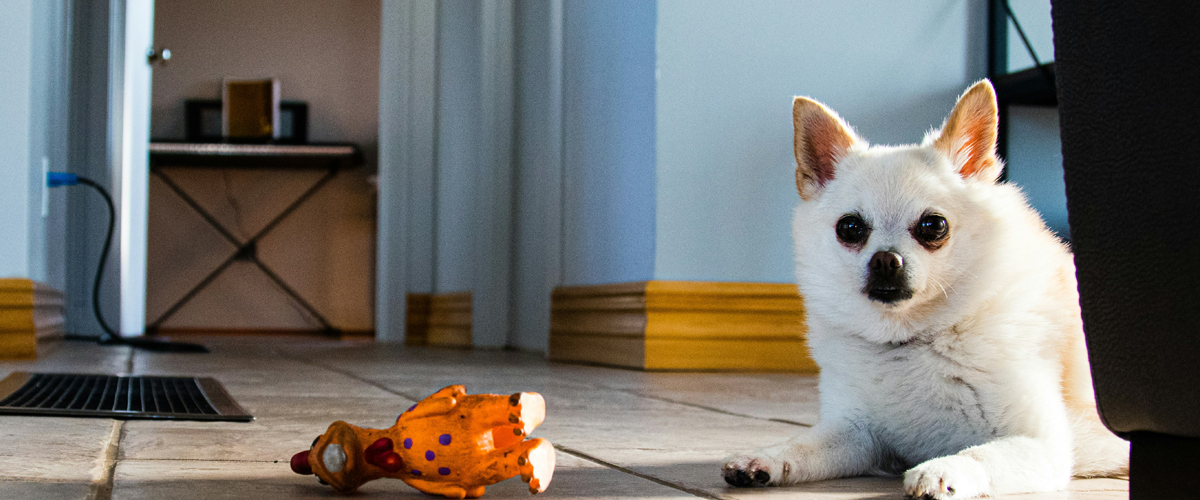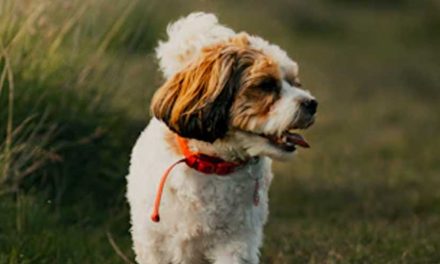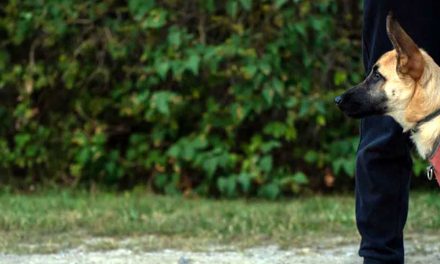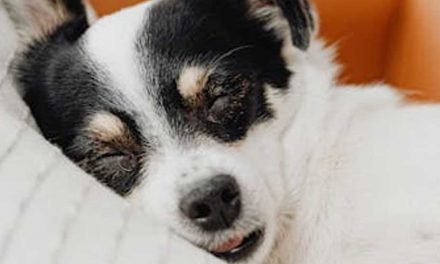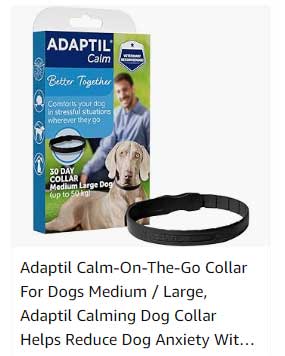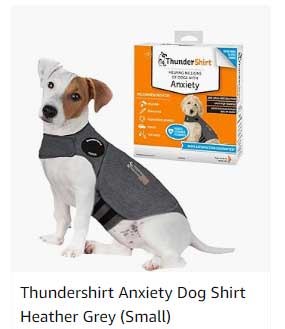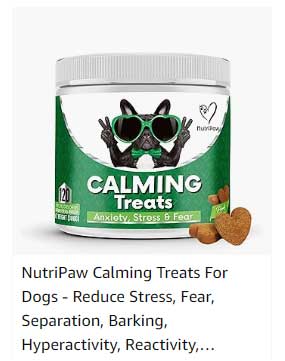Dog owners often find themselves in a head-scratching conundrum when they return home to find an impromptu art installation made of sofa stuffing and flower pots, or witness Fido treating cables as spaghetti at dinner time.
DOG DESTRUCTIVENESS
Destructive behavior in canines can be as distressing as it is perplexing, but it may not be as random as it seems. This guide is designed to help you understand the underlying reasons why your dog may be channeling their inner wrecking ball and how to respond.
THE PSYCHOLOGY OF PET-INDUCED MAYHEM
Understanding why our four-legged companions sometimes act out is the first step toward effective management and change. The motives behind destructive behavior can be categorized into several common triggers.
ESCAPE FROM FEAR-ELICITING STIMULI
A dog’s natural fear response can be the driving force behind their destructive escape attempts during thunderstorms or fireworks. Dogs often resort to chewing or digging as a means of fleeing. Addressing the root cause of this fear is key to preventing such episodes.
ATTEMPT TO REUNITE
Separation anxiety is a prevalent issue in dogs and can result in destructive behavior as they attempt to reunite with their owner or other dogs in the household. Strategies to reduce anxiety and provide comforting environments are crucial in these cases.
SELF-APPEASEMENT CHEWING
Some dogs engage in destructive chewing as a way of soothing themselves or managing stress, often in response to a tense or unpredictable environment. Identifying the stressor and providing alternative outlets is important in addressing this form of destruction.
In each of these cases, the behavior is not malicious but a response to a set of stressors or anxieties. Understanding and sympathetic management of these issues are essential to supporting a happier and more balanced furry housemate.
MANAGING THE MAYHEM
Now that we’ve got a handle on the emotional backdrop, it’s time to discuss practical strategies for managing and mitigating destructive behavior.
IMPLEMENTING STRUCTURED ROUTINES
Dogs are creatures of habit and thrive on predictability. By creating a balanced daily routine that includes exercise, rest, and playtime, you can help to alleviate boredom and excess energy. A tired dog is a happy dog — and less likely to chew your remote.
CONSTRUCTING A SAFE SPACE
Providing a den or designated safe area for your dog can give them a comforting “home base” to retreat to when feeling overwhelmed. This area should be stocked with familiar items, like favorite toys or blankets, to act as a security blanket.
POSITIVE REINFORCEMENT AND REDIRECTED CHEWING
Training your dog with positive reinforcement can be a game-changer. Not only will they learn what is and isn’t acceptable to chew on, but they’ll also come to associate good behavior with rewards. It’s also a good idea to redirect any inappropriate chewing to approved items immediately, effectively communicating the rules of the house.
THE POWER OF PROFESSIONAL HELP
For more serious cases, consulting with a professional dog trainer or animal behaviorist can be a lifeline. Sometimes, a dog’s destructive behavior is rooted in more complex issues that require a trained eye and expert intervention.
By taking a proactive approach and arming yourself with these strategies, you’ll be well-equipped to tackle the task of managing your dog’s destructive tendencies while strengthening your bond with your furry friend.
TRAINING THROUGH TRUST
Finally, it’s important to remember that training and managing your dog’s behavior is a marathon, not a sprint. Patience, consistency, and empathy are the keys to ensuring that your dog feels secure and understood.
Remember, your dog isn’t out to get you or your belongings. Destructive behavior is their way of communicating that something isn’t quite right in their world. By investing the time and effort into deciphering their needs and addressing them appropriately, you’re not only preventing future home renovation projects, but you’re also laying the groundwork for a happy, healthy, and harmonious relationship with your pet.
Credit: Original Photo by Francis Painchaud on Unsplash

